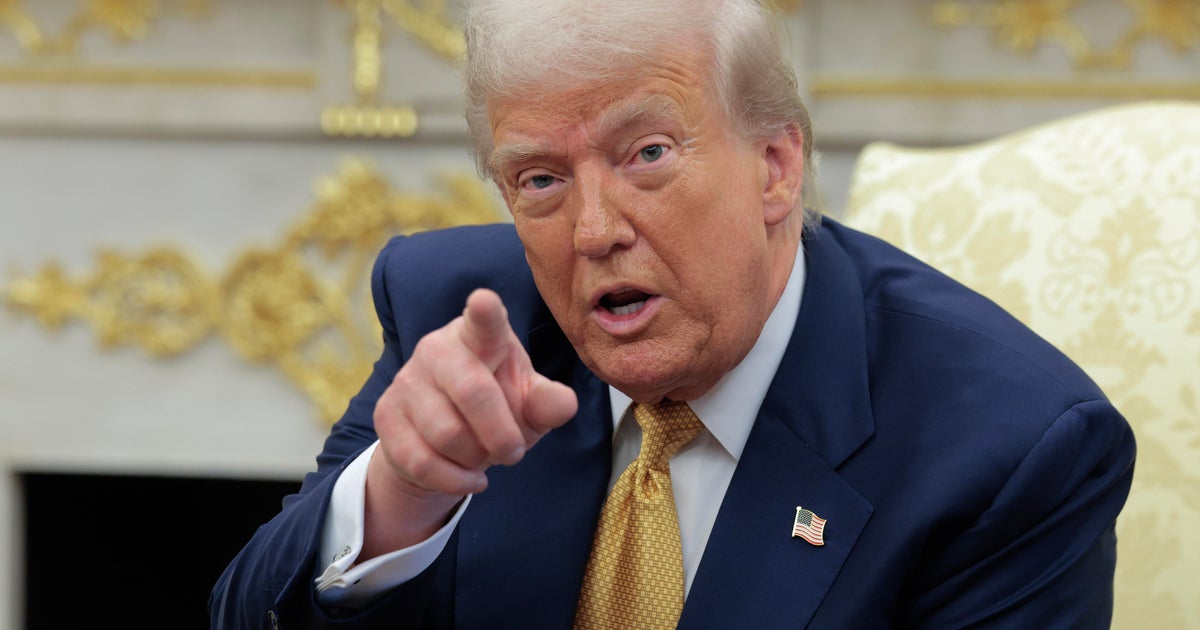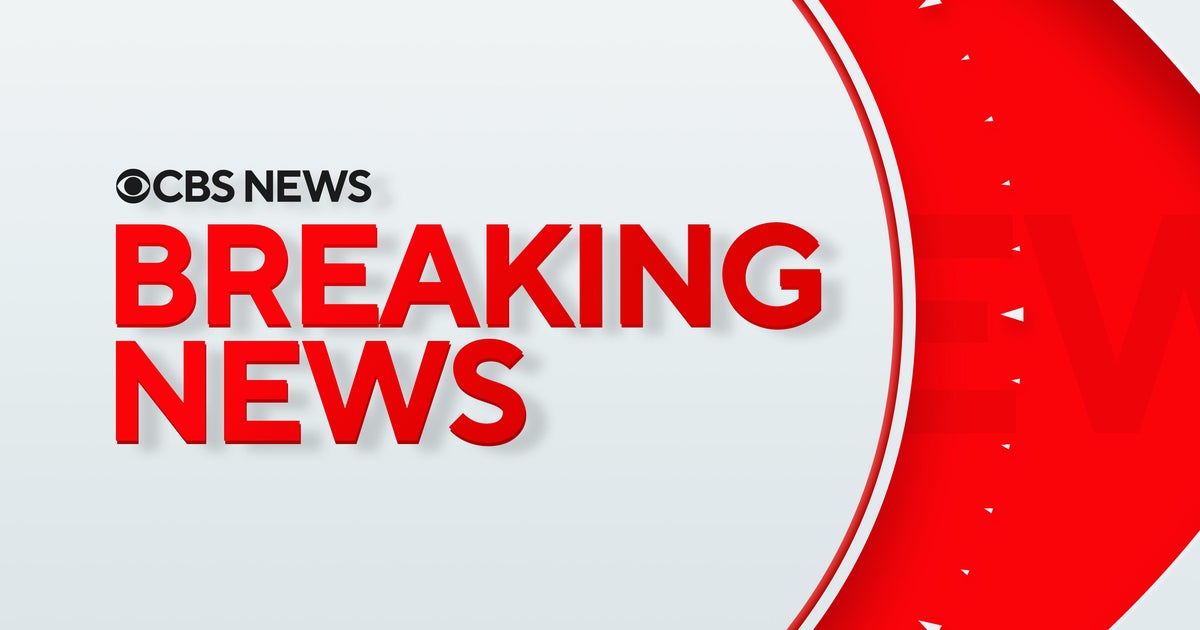Trump unveils new tariffs on dozens of countries ahead of tonight’s midnight deadline

President Trump on Thursday formally announced higher tariffs against more than 60 U.S. trading partners starting next week — just hours before the administration’s self-imposed midnight deadline.
The president signed an executive order listing out tariff rates for imports from dozens of countries, including a handful that have cut trade deals with the administration and dozens that haven’t reached a deal yet. The duties range as high as 41% for Syria and 40% for Laos and Myanmar, while almost no country’s imports will face tariffs below 10%.
The new tariffs apply to imports that are “entered for consumption, or withdrawn from warehouse for consumption,” in seven days, the order said. Mr. Trump had previously vowed to impose higher tariffs starting just after midnight on Friday, Aug. 1.
“[F]or most economies and most of our trading partners, the cost of doing trade tomorrow will be higher than it is today,” Greg Daco, chief economist at management consulting firm EY-Parthenon, said prior to the release of Thursday’s list.
Mr. Trump set the latest deadline for trade agreements in April after announcing — and later suspending for 90 days — what he described as “Liberation Day” tariffs on more than 90 countries. A July 9 deadline for deals came and went, with the White House again stalling for time. But Mr. Trump has since vowed not to extend the deadline beyond Aug. 1 for most nations.
Amid concerns that the White House’s trade agenda was fueling economic uncertainty for businesses and consumers, Trump administration officials this spring pledged to nail down “90 deals in 90 days.”
By that measure, his administration has come up far short of its goals. The White House has announced broad bilateral agreements with a handful of nations as well as the 27-member European Union, while those deals have lacked the extensively documented details typical of most trade deals, experts note.
“It’s important to note that we don’t even have any deals as deals are commonly understood, except maybe the U.K. agreement, which is still being discussed,” Alex Jacquez, chief of policy and advocacy at Groundwork Collaborative, a left-leaning advocacy group, told CBS MoneyWatch.
The countries that have yet to strike deals with the U.S., including major trading partners such as Canada and Mexico, account for 56% of American imports, according to Goldman Sachs.
The White House declined to comment.
Tearing up the rules
Mr. Trump re-entered office in January promising to rewrite the rules of international commerce, which he has long maintained disadvantage the U.S. and hurt American workers. In that effort, he has embraced tariffs as a way to reduce trade deficits with other nations, energize domestic manufacturers, generate federal revenue and gain leverage in foreign policy.
In practice, the White House has struggled to deliver on that ambitious agenda, Daniel Altman, an economist and founder of investment newsletter High Yield Economics, told CBS MoneyWatch.
“There were never enough trade negotiators in all of Washington to conclude all of these details by August 1,” he said. “We have some framework agreements that have made the headlines, but as we’re finding out a lot of those deals include tariff rates that are pretty much the same as the base rate of 15% that the White House has mooted for the rest of the world.”
Yet despite the appearance of chaos that has attended some of the rollout of his new tariff regime, Mr. Trump has clearly succeeded in changing the terms of trade with several key economic partners in ways that could favor the U.S. In some cases, that includes winning the elimination or significant reductions in tariffs on American exports going the other way.
Under its deal with the EU, for instance, the U.S. will impose a 15% tax on most of the trading bloc’s imports, but the EU has agreed not to charge any levy on imports from the U.S. Deals with Japan and South Korea impose the same tariff rate on those countries’ exports to the U.S.
Other countries that struck trade deals with the U.S. have acceded to higher tariffs in hopes of ensuring good relations with Mr. Trump and avoiding even higher levies. Those include Indonesia and the Philippines, which will each face a 19% tariff on their exports. The U.S. will subject imports from Vietnam to a 20% duty, plus a 40% tariff on goods that are transshipped via other countries.
“In any other time frame, one would have said that having the EU, Korea, Japan, Philippines, Indonesia and the United Kingdom covers an awful lot of world trade and U.S. trade,” Alan Wolff, senior fellow at the nonpartisan Peterson Institute for International Economics and former deputy director-general of the World Trade Organization, told CBS MoneyWatch.

President Trump’s tariff agenda is also generating significant revenue. According to the U.S. Treasury, the U.S. in June brought in $27 billion in tariff revenue — more than three times what it collected in the same period a year ago.
The White House has repeatedly insisted that tariff costs will be borne by foreign countries and that the levies will help spur investment in U.S. manufacturing. Trade experts note that tariffs are typically paid by importers, which often pass on those costs to consumers in the form of higher prices.
[title_words_as_hashtags




